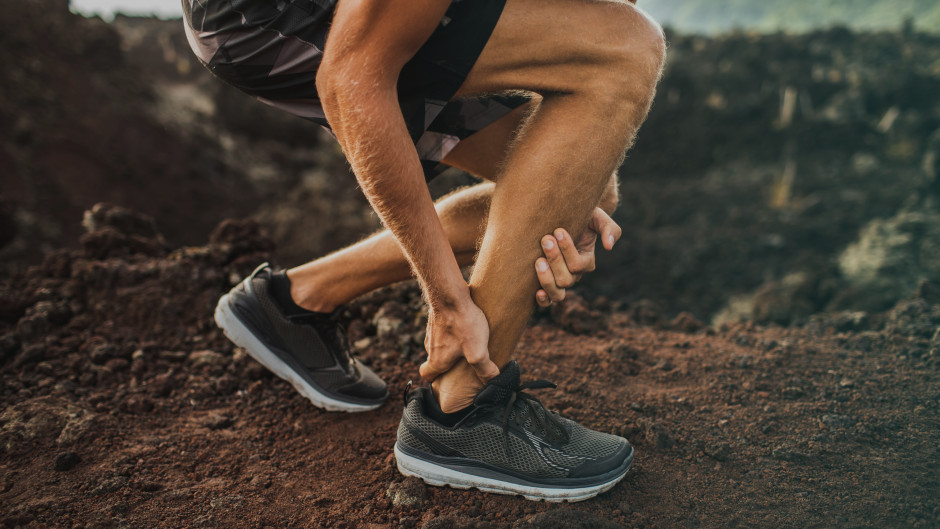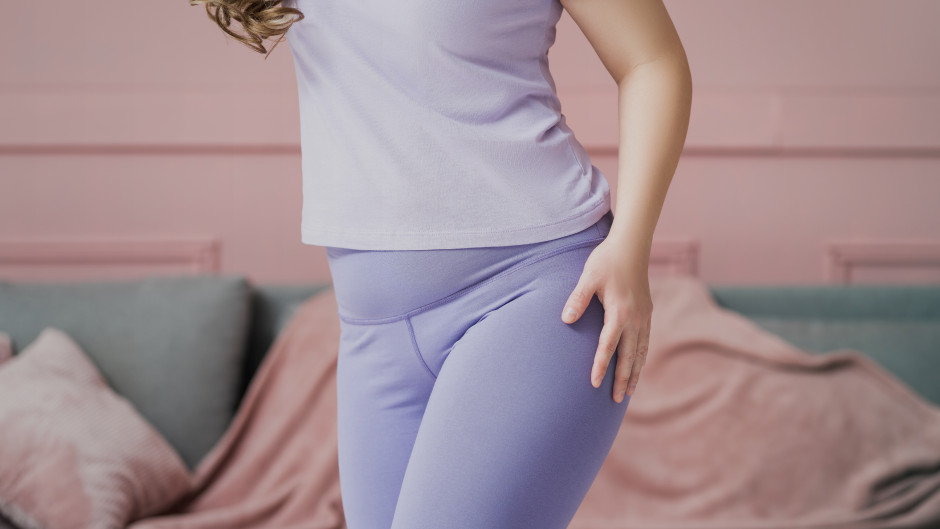SHOULDER INSTABILITY: AN OVERVIEW
What Is Shoulder Instability?
Shoulder instability refers to the inability to maintain the humeral head centered within the glenoid fossa during movement or loading. This can result in:
- ● Subluxation (partial slippage)
- ● Dislocation (complete disengagement)
- ● A general sense of "giving way," pain, or apprehension
Instability can be traumatic, atraumatic, or multidirectional in nature.
Key stabilizers of the shoulder:
The shoulder relies on two key systems for stability:
Static Stabilizers
● Glenoid labrum: Deepens the socket, improves congruency.
● Capsule and ligaments: Limit excessive movement.
● Bony anatomy: The shallow socket allows motion, but compromises stability.
Dynamic Stabilizers
● Rotator cuff muscles: Compresses the humeral head into the glenoid
● Scapular stabilizers (e.g., serratus anterior, trapezius, rhomboids): Controls positioning of the socket.
● Neuromuscular control: Coordinates muscle activation to maintain joint congruency in motion
When either system is impaired—due to injury, pain, or weakness—instability can occur.

What are the common structural lesions?
Bankart Lesion: Tear of the anterior-inferior labrum, common after anterior dislocation.
Hill-Sachs Lesion: Compression fracture of the humeral head due to impact with glenoid rim.

SLAP Lesion: Superior labrum tear that can cause pain and instability, often in throwers.

Bony Bankart: Fracture of the glenoid rim, contributing to recurrent instability.

Risk Stratification and Algorithms
Several factors increase the risk of recurrent shoulder instability:
● Age under 25
● Participation in contact or overhead sports
● Presence of glenoid or humeral bone loss
● Generalized hyperlaxity
● Certain labral tear patterns
What is the clinical presentation?
Patients may report:
● Pain or clicking during overhead or throwing movements
● A sense of instability or weakness
● Apprehension when the arm is abducted and externally rotated
● Repeated episodes of subluxation or dislocation
Some of the common assessment tools include:
Apprehension & relocation tests

Sulcus sign (for inferior instability)

Load and shift tests

Functional movement observation (e.g., scapular control)

3 important components of conservative management of shoulder instability
1. Sling Use
Following an acute shoulder instability event, patients are often advised to wear a sling for comfort and support. The duration typically ranges from 3 to 10 days, depending on the severity of the injury and individual factors.
2. Early Rehabilitation Focus
Rehabilitation begins with restoring the strength of the dynamic stabilizers of the shoulder—primarily the rotator cuff and scapular muscles. The goal is to regain control, reduce pain, and restore functional use of the shoulder through targeted physical therapy.
3. Return to Sport
For athletes, the ultimate goal is a pain-free return to sport, ideally within approximately 21 days. This timeline allows for tissue healing while supporting a timely reintegration into sports without compromising long-term shoulder health.
Sling Type: Does It Matter?
There's often debate about the most effective sling position—internal rotation vs. neutral or abduction. However, current research indicates no significant difference in recurrence rates based on sling type. This suggests that comfort and compliance may be more important than the exact arm position.
Why Bone Loss Matters
One of the most critical factors in managing shoulder instability is evaluating glenoid bone loss. When bone loss exceeds 20–25%, the risk of recurrent instability increases significantly, often necessitating surgical intervention.
Final Thoughts
Think of shoulder instability not as a single condition but as a spectrum within a larger universe. From acute dislocations in athletes to chronic instability in hypermobile individuals, each case requires a tailored approach. With advances in imaging, surgical techniques, and rehab protocols, we now have better tools than ever to guide patients through recovery and back to the activities they love.
Sources:
Lecture 'Anterior Shoulder Instability' by Dr. João Artur Bonadiman



